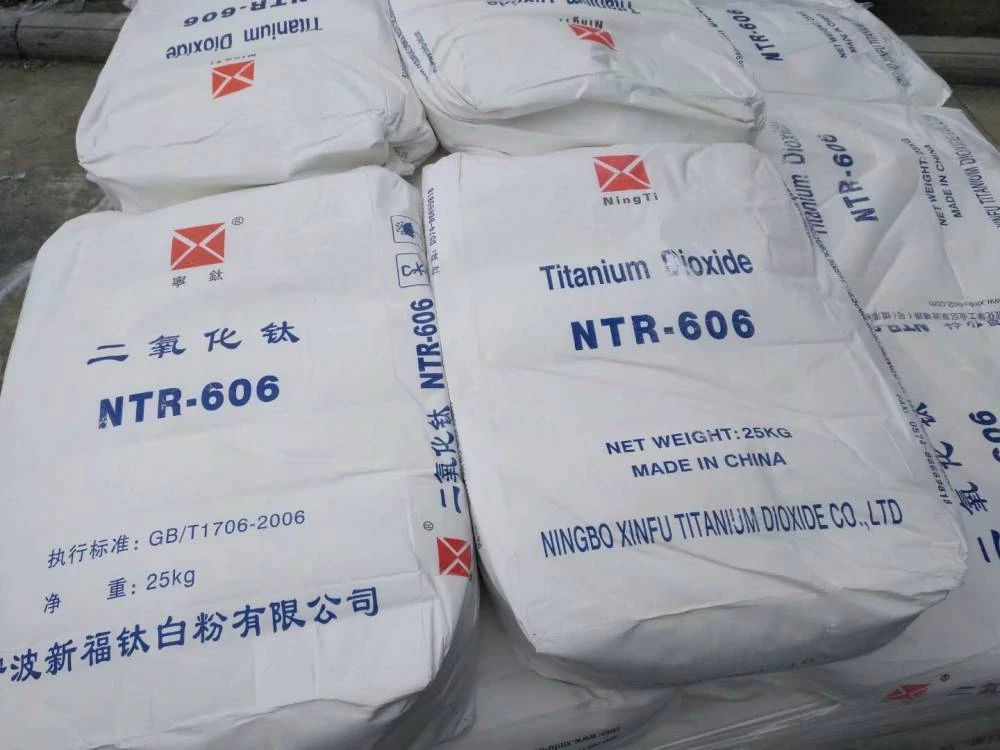
Nov . 10, 2024 02:09 Back to list
Rutile Titanium Dioxide Producers and Their Market Influence in Coatings Industry
Titanium Dioxide Rutile Manufacturers An Overview
Titanium dioxide (TiO2) is a chemical compound that is widely used in various industries, including paints, coatings, plastics, and cosmetics, due to its excellent brightness, whiteness, and opacity. Among its polymorphs, rutile is considered the most stable and is the preferred form for many applications. The production of rutile titanium dioxide is primarily undertaken by a network of manufacturers who have specialized techniques and technologies to produce this essential compound. This article delves into the landscape of titanium dioxide rutile manufacturers, examining their operations, market dynamics, and challenges.
The Manufacturing Process
The manufacturing of rutile titanium dioxide typically involves two primary processes the sulfate process and the chloride process.
1. Sulfate Process This traditional method involves the reaction of titanium ore (ilmenite) with sulfuric acid, resulting in a series of reactions that ultimately yield titanium dioxide. The sulfate process can produce high-quality rutile but often generates significant amounts of waste and requires extensive pollution control systems.
2. Chloride Process A more modern approach, the chloride process, involves converting titanium ore into titanium tetrachloride (TiCl4) and then oxidizing it to form titanium dioxide. This method generates purer titanium dioxide and is generally more environmentally friendly, producing less waste.
Manufacturers often adopt a combination of these methods or innovate new processes to improve efficiency, reduce costs, and minimize environmental impact.
Major Manufacturers and Global Landscape
The titanium dioxide market is dominated by several large manufacturers that have established a significant presence in the global market. Prominent players include companies like Chemours, Tronox, Huntsman, and Kronos. These companies not only lead in production capacity but also in advancements in technology, product quality, and sustainability practices.
In addition to these global giants, there is a growing number of regional manufacturers that cater to local markets. Countries such as China, Australia, and South Africa have substantial titanium ore reserves and therefore host many titanium dioxide producers. The rapid industrialization in Asia-Pacific has significantly boosted demand for titanium dioxide, leading to an influx of manufacturers in this region.
titanium dioxide rutile manufacturers

Market Dynamics and Demand Drivers
The demand for rutile titanium dioxide is largely driven by its extensive use in the paints and coatings industry, which relies on the material for its superior opacity and UV resistance. The construction and automotive sectors are also significant consumers, where durable and weather-resistant finishes are necessary.
Furthermore, the rise of the cosmetics industry has contributed to the demand, as titanium dioxide is commonly used in sunscreens and skin care products due to its safe profile and natural reflective properties. Increased environmental regulations are encouraging manufacturers to adopt more sustainable practices, which are becoming an essential factor in consumer preferences.
Challenges Faced by Manufacturers
Despite the robust demand for titanium dioxide rutile, manufacturers face several challenges. One of the main concerns is the environmental impact associated with titanium dioxide production. The sulfate process, in particular, generates waste materials that can be harmful if not managed correctly. Consequently, manufacturers are under pressure to innovate and invest in cleaner production technologies.
Another challenge is the volatility of raw material prices. The cost of titanium ores can fluctuate significantly due to geopolitical factors, supply chain issues, or changes in mining regulations. Manufacturers must navigate these uncertainties to remain competitive.
Additionally, competition from alternative whitening agents and synthetic materials is increasing. Manufacturers are continuously striving to enhance the properties of rutile titanium dioxide, such as its durability and function in various applications, to retain their market share.
Conclusion
Titanium dioxide rutile manufacturers play a crucial role in a wide range of industries by providing an essential compound that enhances product quality and performance. With demand expected to grow, particularly in emerging markets, manufacturers are poised to invest in innovative technologies and sustainable practices. However, they must remain vigilant of environmental regulations, raw material costs, and competition from alternative products. As the industry evolves, so too will the strategies of titanium dioxide rutile manufacturers in meeting the needs of their customers and stakeholders.
-
Premium 6618 Titanium Dioxide for GPT-4 Turbo Applications
NewsJul.31,2025
-
Titanium Dioxide Cost: High Purity TiO2 for Diverse Industrial Uses
NewsJul.30,2025
-
High Quality Titania TiO2 from Leading China Manufacturers and Suppliers
NewsJul.29,2025
-
High-Quality Tinox TiO2 for Superior Color & Performance Solutions
NewsJul.29,2025
-
High Quality Titania TiO2 from Leading China Supplier & Manufacturer
NewsJul.29,2025
-
High-Performance r6618 TiO2 for Superior Whitening and Versatility
NewsJul.28,2025
